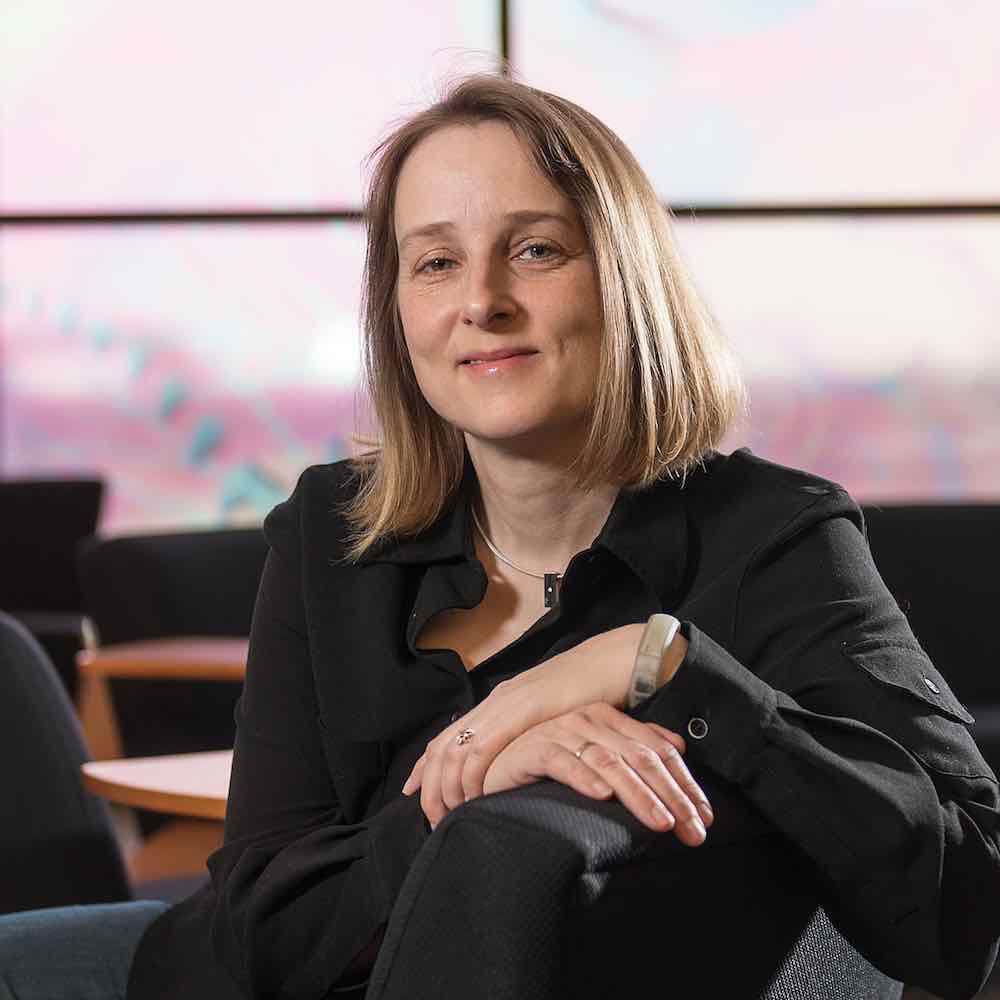
Katrin Heitmann, University of Chicago
In this video from PASC17, Katrin Heitmann from the University of Chicago presents: Unlocking the Mysteries of the Universe with Supercomputers.
“Cosmology is in a scientifically very exciting phase. Two decades of surveying the sky have culminated in the celebrated Cosmological Standard Model. Yet, two of its key pillars, dark matter and dark energy, remain mysterious. Deep fundamental questions demand answers; to address these burning questions, survey capabilities are being exponentially improved. The new observations will pose tremendous challenges on many fronts – from the sheer size of the data that will be collected to its modeling and interpretation. The interpretation of the data requires sophisticated simulations on the world’s largest supercomputers. In this talk I will introduce HACC, the Hardware/Hybrid Accelerated Cosmology Code, which is being developed to combat the tremendous computational challenge to simulate our Universe.”
Katrin Heitmann received her Dr. rer. nat. in physics from the Technical University of Dortmund in 2000. From 2000-2003 she was a Postdoctoral Fellow at Los Alamos National Laboratory in the Theoretical Division. In 2004 she became a staff member at Los Alamos and in 2011 moved to Argonne National Laboratory for a joint appointment in the High Energy Physics and Mathematics and Computer Science Divisions. Heitmann is a Senior Member of the Computation Institute at the University of Chicago and the Kavli Institute for Physical Cosmology.
In this video, Katrin Heitmann discusses Dark Matter with Rich Brueckner from insideHPC.





Rich please let katrin know that the computer generated solutions are only as good as the inputted information.
Perhaps it is time to shake it up and take a close look at the base fundamentals behind some current academic research.
The challenge for fundamental analysis may have to go to the young up and coming academic researcher who is actively seeking solutions and innovation in the present and for their future. If this is you then the principles of atomic gravity are your starting point! It may be your time to race past your peers with both prestige and a great career path.
The principles of atomic gravity are tools used to advance academic research in the natural sciences. The principles describe the method to how the force of gravity is transferred in atomic structure.
The next step is easy. A summary of the principles can be found in the google docs links below. It is better to understand the principles now before spending too many years chasing ghosts like the many vested current academic pre-retirees and retirees whose past research centered on the fundamentals of gravity through the theory of general relativity.
New ideas are born and the old theories fade away demonstrating how the evolution of scientific knowledge has advanced through-out human endeavor. Take a step forward and get in the lead!
https://docs.com/tim-g–meloche/7280/atomic-gravity?fromAR=1
https://docs.com/tim-g–meloche/4675/zero-g-flight-at-the-atomic-scale?c=ri2tXf